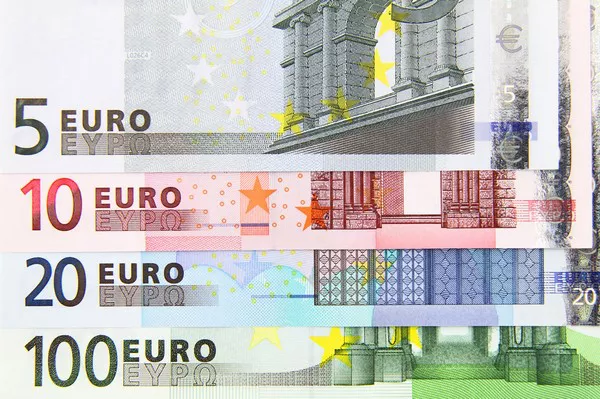During the early European session on Monday, the EUR/USD pair is trading on a stronger note, hovering below the mid-1.0800s. The subdued performance of the US Dollar (USD) is providing some support to the major pair. Investors are eagerly anticipating key economic data, including German February Retail Sales and the US Gross Domestic Product (GDP) annualized growth figures for the fourth quarter, for fresh market direction. Projections suggest the US economy is expected to maintain its Q4 growth rate at 3.2%. At the time of reporting, EUR/USD stands at 1.0817, marking a 0.09% gain for the day.
Analysis of the four-hour chart indicates a persistently bearish outlook for EUR/USD, as the major pair remains below the crucial 100-period Exponential Moving Averages (EMA). Further confirmation of the downward momentum is provided by the Relative Strength Index (RSI), positioned below the 50-midline, signaling the path of least resistance to be on the downside.
In terms of support levels, the major pair’s initial contention is observed near the March 22 low and the psychological level at 1.0800. A breach of this level could lead to further downside movement towards the lower boundary of the Bollinger Band at 1.0762. Subsequently, a drop to the February 16 low at 1.0732 is anticipated, followed by a convergence of the February low and a psychological support level at 1.0700.
On the upside, immediate resistance is expected at the 100-period EMA, situated at 1.0870. A decisive breakthrough above this level would expose the March 16 high at 1.0906. The major upside barrier awaits at the upper boundary of the Bollinger Band and the March 21 high in the 1.0940–1.0945 range, with further resistance at the March 8 high of 1.0981.


